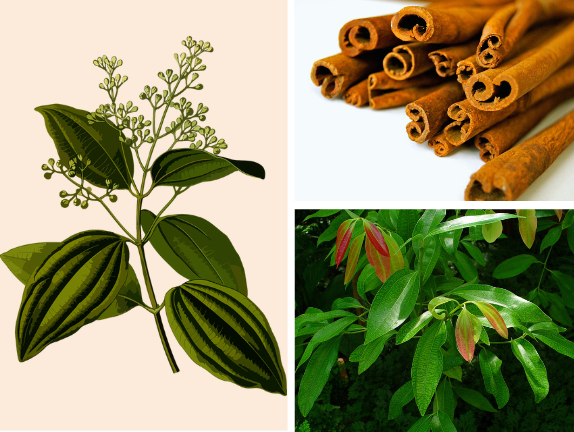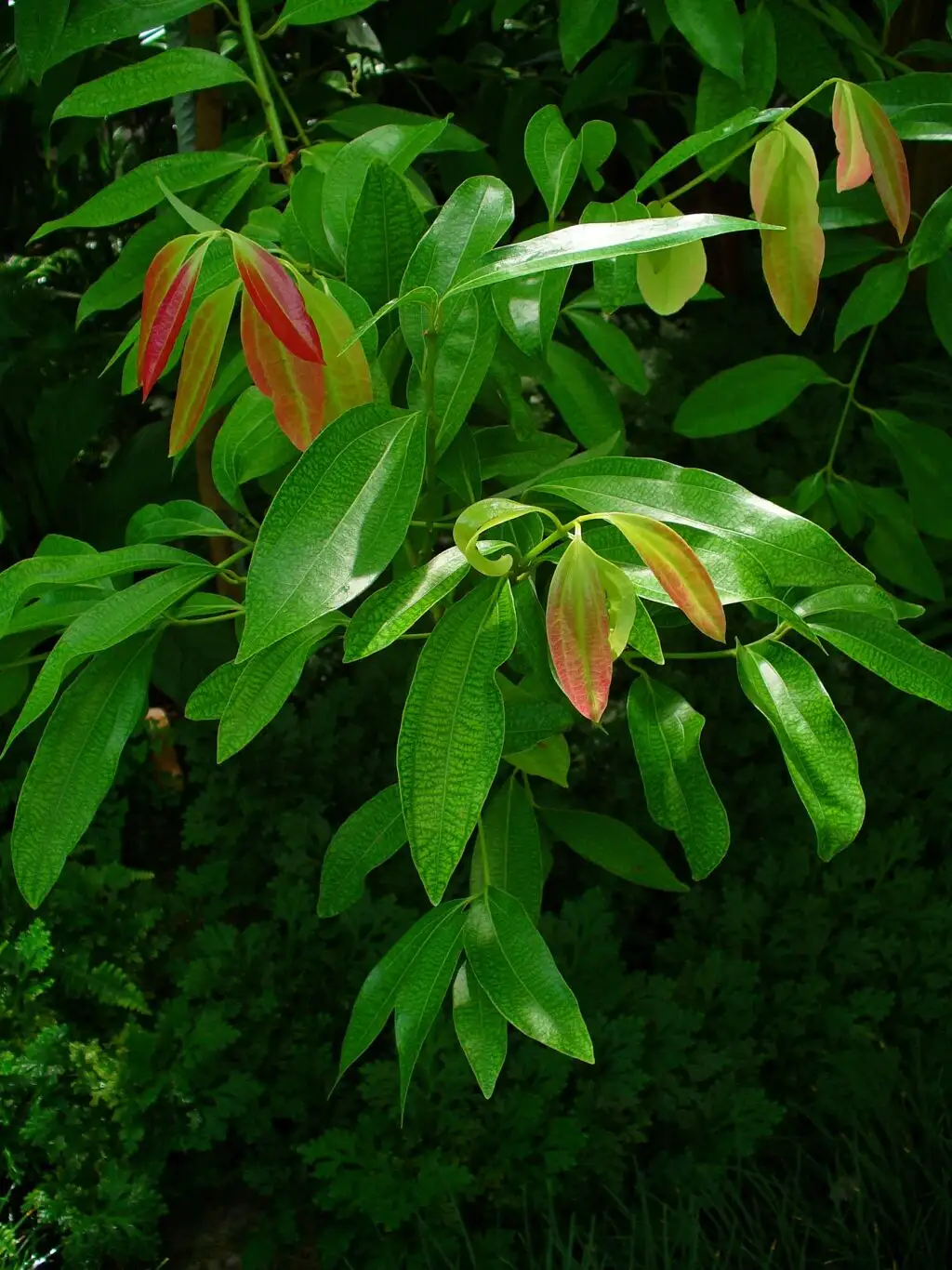Cinnamomum spp.
Latin Name: Cinnamomum spp.
Herb Class/Action: Kidney Yang Tonic, Circulatory Tonic, Carminative, Diaphoretic, Astringent
Parts Used: Bark
Flavors: Acrid, pungent, sweet
Energetics: Warming, hot
Traditional Benefits: Kidney yang support, spleen support, digestive support, blood support, circulatory support, qi support, immune support
Cinnamon might already be a staple in your spice cabinet, but this digestive and immune powerhouse deserves prime real estate in your herbalism toolkit, too.*
Native to southern Asia, Cinnamon is warm in flavor and in its “energetics,” aka effects on the body. Its bark and twigs can both be used in traditional herbalism. The biggest health benefits of cinnamon are supporting healthy carbohydrate metabolism and stimulating appetite or digestion, along with other uses, which we’ll get into below.*

To understand how Cinnamon supports us, let’s go back a few millenia talk about its uses in TCM. Cinnamon is considered “pure yang” in its energetics, meaning it is purely hot and drying with no yin (moistening) qualities. It’s warming, active, stimulating, opening, and strengthening. Directly addressing the stomach, spleen, kidneys, and blood, Cinnamon can also enhance the Qi and blood tonic activity of other herbs. The twigs are typically used for dispelling wind-cold, while the bark warms the interior.
More specifically, Cinnamon’s most notable benefits include supporting carbohydrate breakdown, assisting glucose metabolism, curbing the glycemic response to carbohydrates, and maintaining healthy pancreatic function. Cinnamon, when steeped as a tea, contains mucilage (a viscous or gelatinous substance), which makes it useful for digestive functions as well—particularly for soothing the GI tract. It has tannins as well (contributing to its warming/drying properties), which help support the GI tract and support blood flow to the digestive organs.*
Now abundant and accessible, cinnamon was once more valuable than gold—highly coveted in ancient Egypt for its use in embalming and religious practices.

